Nationality Bengali, Indian Name Upendrakishore Chowdhury | Role Writer | |
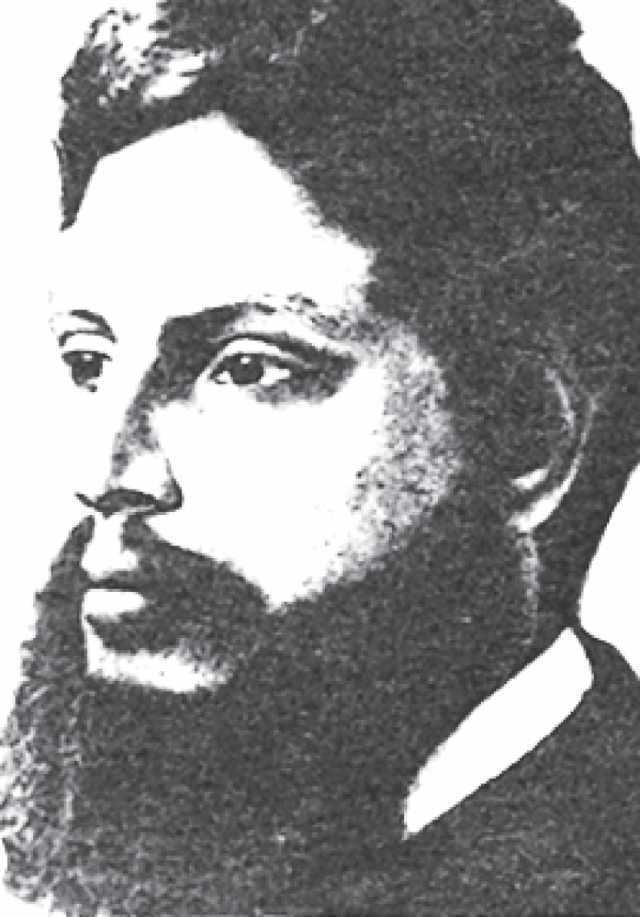 | ||
Other names Upendrokishore Raychowdhury,Kamadaranjan [original name] Known for Writer, painter, violin player and composer, technologist and entrepreneur Died December 20, 1915, Giridih Books Goopy Gyne Bagha Byne: The Magical World of Upendrakishore Roychoudhury Movies Goopy Gyne Bagha Byne, Goopy gawaiya bagha bajaiya Children Sukumar Ray, Shukhalata Rao, Punyalata Chakrabarti, Shantilata, Subinoy Ray, Subimal Ray Similar People Satyajit Ray, Sukumar Ray, Sandip Ray | ||
Parents Kalinath Ray, Harikishore | ||
Children s drama nak kata raja
Upendrakishore Ray Chowdhury (Bengali: উপেন্দ্রকিশোর রায়চৌধুরী), also known as Upendrokishore Ray (উপেন্দ্রকিশোর রায়) (12 May 1863 – 20 December 1915) was a famous Bengali writer, painter, violin player and composer, technologist and entrepreneur.
Contents
- Children s drama nak kata raja
- Upendrakishore Ray Chowdhury Wikipedia audio article
- Life
- Printer
- Author
- References
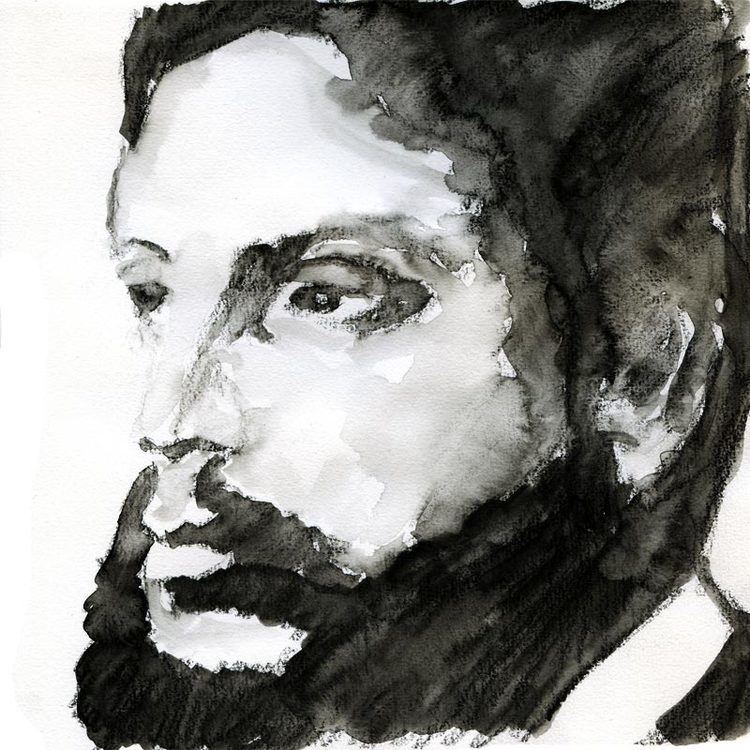
He was the son-in-law of Dwarkanath Ganguly. He was the father of the famous writer Sukumar Ray and grandfather of the renowned filmmaker Satyajit Ray. Upendrakishore Ray Chowdhury was a product and leading member of the Brahmo Movement that spearheaded the cultural rejuvenation of Bengal. He collaborated with the Tagores whose family, in the arts, achieved world renown. As a writer he is best known for his collection of folklore; as a printer he pioneered in India in the art of engraving and was the first to attempt color printing at the time when engraving and color printing were also being pioneered in the West.
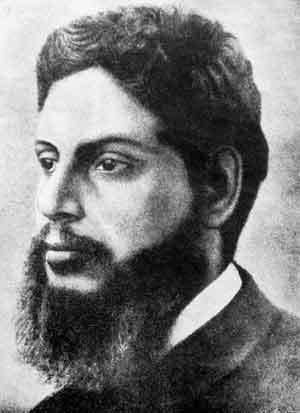
Upendrakishore Ray Chowdhury | Wikipedia audio article
Life
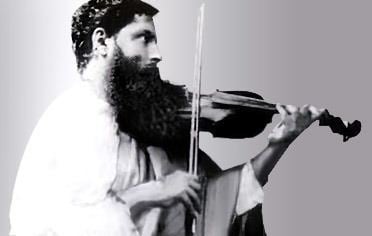
He was born on 12 May 1863 in a little village called Moshua in Mymensingh district of Bengal, (now Kishoreganj District in Bangladesh). He spent most of his adult life in Calcutta, where he died on 20 December 1915, aged only fifty-two.
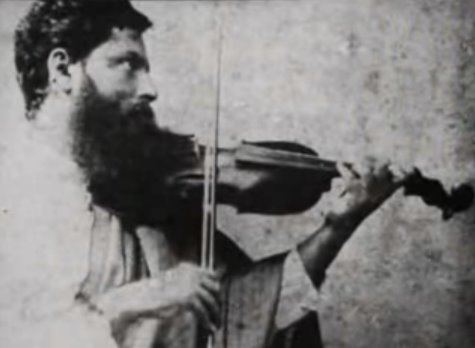
Upendrakishore was born Kamadaranjan Ray, to Kalinath Ray, a scholar in Sanskrit, Arabic and Persian. He was expert in English and Persian languages and in the traditional Indian and British Indian legal systems. He became a topmost expert for interpreting old land deeds written in Persian and in helping the landowners to get the best deal from the newly introduced British legal system in India. He became affluent and in due course the family was able to afford two elephants.
At the age of five, Kamadaranjan was adopted by Harikishore, a relative who was a zamindar in Mymensingh (now in Bangladesh). Harikishore renamed his adopted son Upendrakishore, and added the honorific 'Raychaudhuri' as a surname.
Upendra passed the Entrance examination in 1880 with scholarship from Mymensingh Zilla School. He studied for a while at Presidency College, then affiliated with the University of Calcutta but passed BA examination in 1884 from the Calcutta Metropolitan Institution (now Vidyasagar College). Upendra took to drawing while in school. He published his first literary work in the magazine Sakha in 1883.
Printer
Upendrakishore first introduced modern blockmaking, including half-tone and colour block making, in South Asia. When the reproduction using woodcut line blocks of his illustrations for one of his books, "Chheleder Ramayan" were very poor, he imported books, chemicals and equipment from Britain to learn the technology of blockmaking. After mastering this, in 1895 he successfully set up a business of making blocks. He experimented with the process of blockmaking, and several of his technical articles about blockmaking were published in the Penrose Annual Volumes published from Britain. He also went on publishing books, but initially he had them printed in other printing presses.
In 1913 he founded what was then probably the finest printing press in South Asia, U. Ray and Sons at 100 Garpar Road. Even the building plans were designed by him. He quickly earned recognition in India and abroad for the new methods he developed for printing both black & white and color photographs with great accuracy of detail. It was with the intention of running this business that his son Sukumar Ray spent a few years at the University of Manchester's printing technology department.
He invented several techniques related to halftone blockmaking, of which the "screen-adjusting machine" for the automatic focussing of process cameras, was also assembled in England following his design. The British handbook of printing technology, the Penrose Annual, Volume X, 1904–05, mentioned about him in an editorial note that, "Mr. Ray is evidently possessed of a mathematical quality of mind and he has reasoned out for himself the problems of half-tone work in a remarkably successful manner ... (His printing developments) enable the operator to do uniform work with the fullest graduation and detail in it and with the minimum amount of manipulative skill in the negative-making and etching." The Penrose Annual Volume XI of 1905–06 published his paper about the new technique of 60-degree screens in halftone blockmaking.
Author
Upendrakishore's greatest contribution was in the field of children's literature in Bengali. His prominent works include the fantasy "Goopy Gyne Bagha Byne"(Bangla: গুপী গাইন বাঘা বাইন) (on which Satyajit Ray based his acclaimed children's movie with the same name), children's verses in "Ţunţuni'r Boi"(Bangla:টুনটুনির বই), and the children's versions of the Hindu epics – "Chheleder Ramayon" and "Chheleder Môhabharot". He did most of the illustrations of his books himself.
In April 1913, when the building for the new press at 100, Garpar Road was still under construction, Upendrakishore started the magazine Sandesh, a popular children's magazine in Bengali that is still published today. It was the first magazine for children in India that had coloured pictures, and it became an institution in Bengal. A lover of double entendre, Upendrakishore named this magazine Sandesh, after the popular Bengali sweetmeat which, in Sanskrit, also means "news." Upendrakishore (and later his son Sukumar and grandson Satyajit) published most of his children's literature here. He is also regarded for his Bengali short stories, science articles for children and a variety of other work greatly valued in Bengali literature.
Upendrakishore embraced the liberal religious movement of Brahmo Samaj in 1883, after the death of his foster-father and he was a deeply religious man. But his scientific bent of mind is reflected in the numerous science articles he wrote for children. He published two remarkable books on popular science, which were classics in the Bengali language. "Sekaler Katha" described the geological history of Earth and the ancient animals like dinosaurs. Äakasher Katha" was an enthralling account of astronomy. His scientific interests were further nurtured by his close friendship to the scientists Jagadishchandra Bose and Prafullachandra Ray, all of whom lived and worked very close to each other.
Also a musician, Upendrakishore wrote two books about music in Bengali – Sohaj Behala Shikkha, about learning to play the violin, and Sikhak Batorike Harmonium, about learning to play the harmonium as an accompaniment to Indian music. These were published by Dwarkin & Son, which was a famous music firm of the times, established by Dwarkanath Ghose, the inventor of the hand-harmonium. (Upendrakishore coined the name for the firm in 1875).
Upendrakishore's son, Sukumar Ray, the father of Satyajit Ray, chose to abridge the family name. He too wrote verse and children's rhymes with buoyancy, sparkling humour and flights of fancy, and illustrated his writings himself. He remains today the most popular, oft-quoted Bengali poet after Rabindranath Tagore. Sukumar took charge of Sandesh magazine after his father's death. Sukamar Ray died in his early thirties leaving his wife, Suprabha Das, the care of their son and the boy a legacy of two generations of remarkable artistic creativity.
Upendrakishore's daughter, Shukhalata Rao became a social worker, children's book author, and editor of a newspaper, Alok. She founded the Shishu-o-Matri Mangal Kendro (Centre for the Welfare of Children and Mothers) and the Orissa Nari Seva Sangha.
